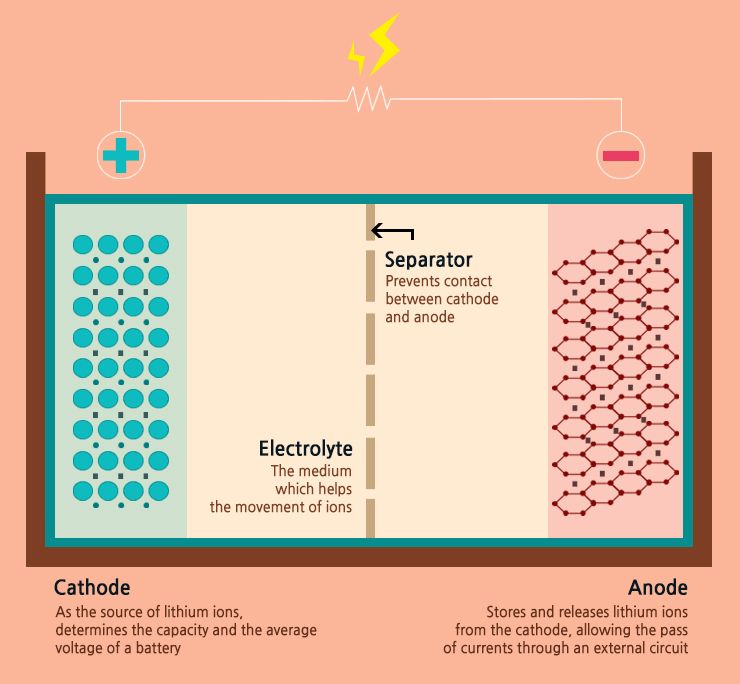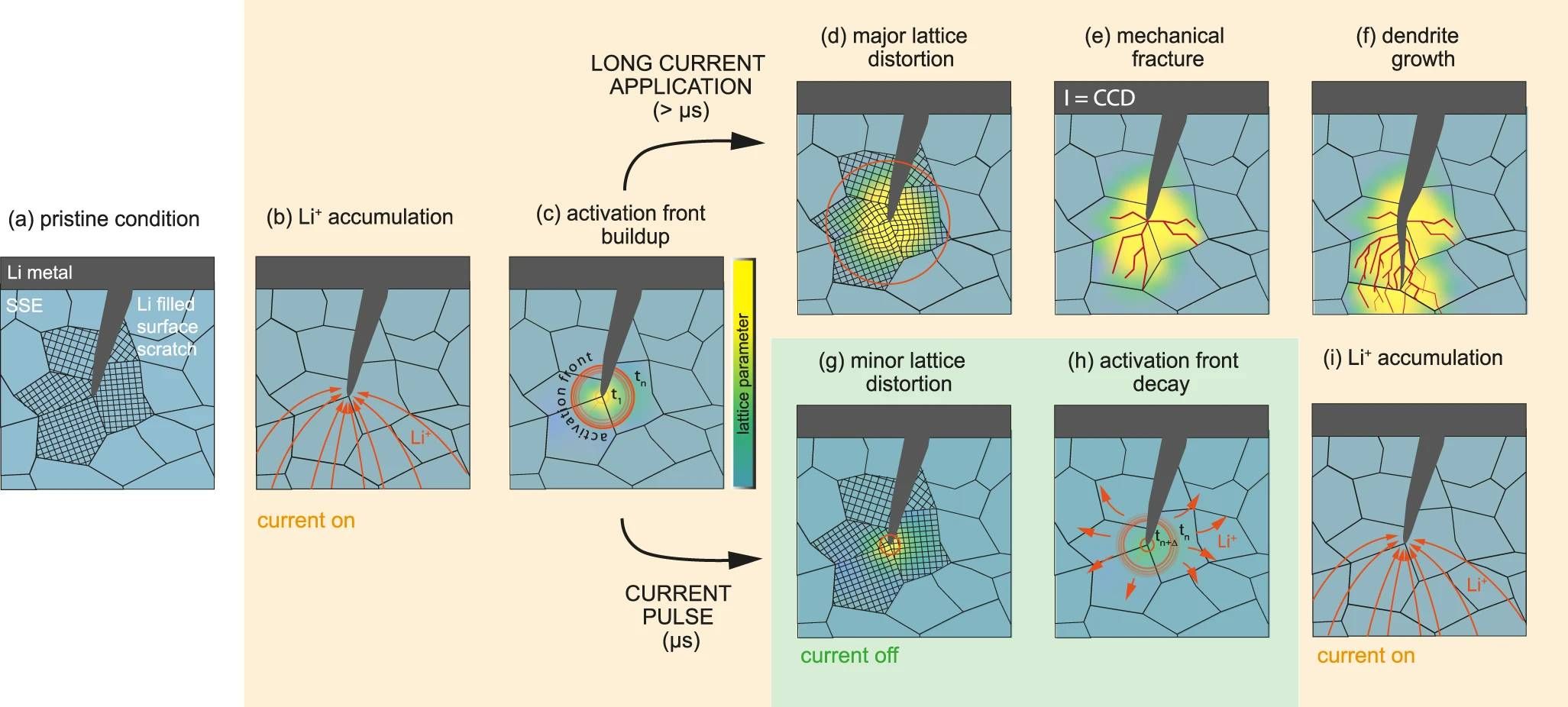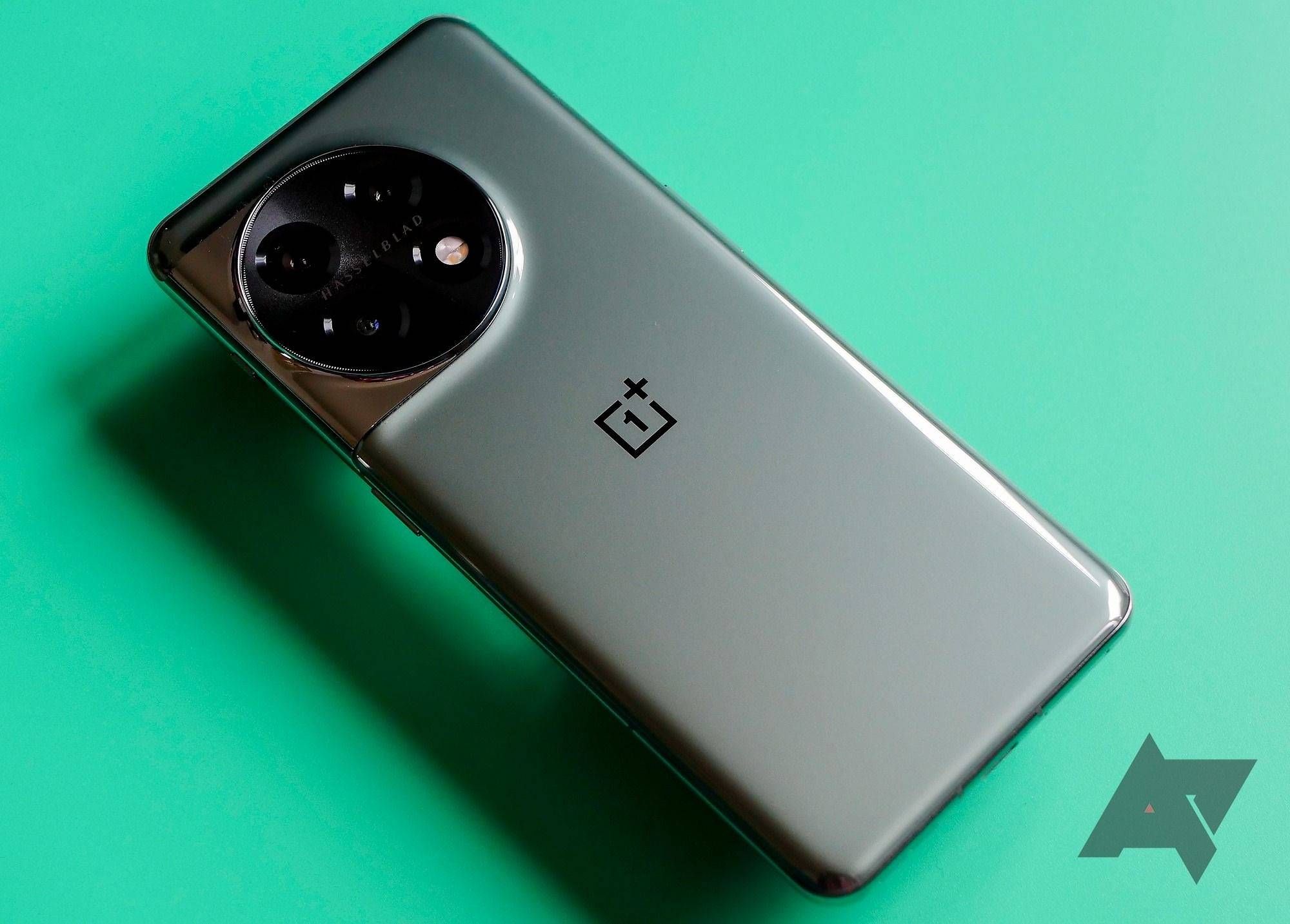According to a study published in the Advanced Energy Materials journal on April 9, a team of researchers at four institutes in Aalborg, Denmark, and Berlin discovered a novel way of charging that can greatly increase a battery’s overall lifespan. Known as pulsed-current charging, it could as much as double the length of time it takes a battery to reach the 80% capacity figure that typically signifies its end-of-life.
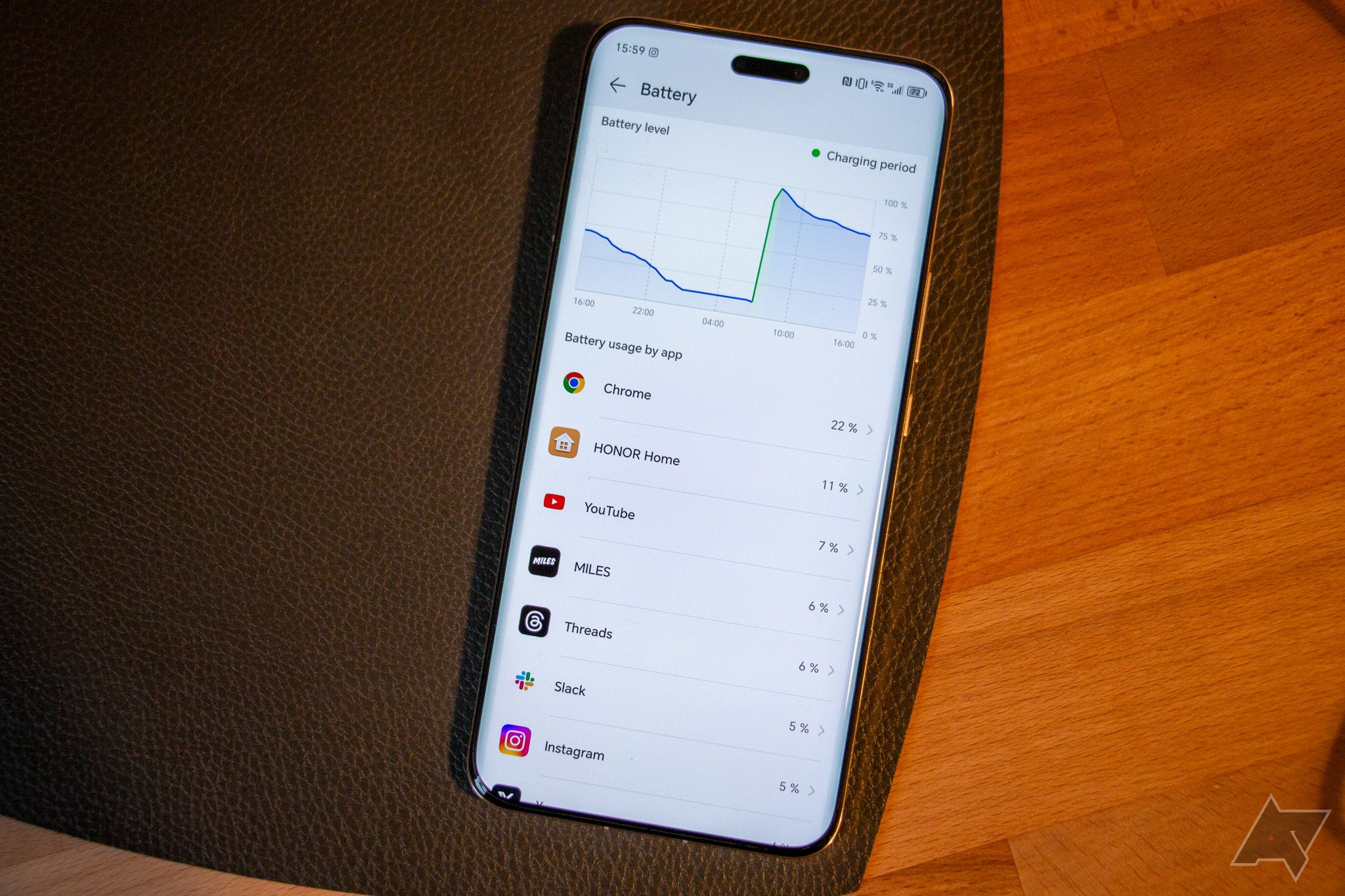
This phone is here to kick off the silicon carbon battery revolution
The Magic 6 Pro features Honor’s second-generation custom battery with some unique properties
In general, battery technology advances at a glacial pace, and proposed new chemical makeups are rightfully met with skepticism. But this revelation’s a little different. Instead of trying to coax advanced materials and sensitive electrochemical reactions into unheard-of levels of efficiency or resilience, PC charging revolves entirely around how a battery charger delivers energy to a cell.
How CC, CV, and PC charging work
For now, batteries charge via constant current and constant voltage. Depending on the charging method used, these CC and CV values can change over the course of time while charging a particular battery, but if they do, they remain constant after a simple step up or down.
A constant flow causes mechanical and chemical stress to the battery components in different ways. PC charging, by contrast, sends — you guessed it — repeated electrical pulses to the battery instead of a continuous flow.
Think of it like a bunch of people lining up to enter a concert or sporting event at a large arena. If you cram thousands of attendees into a slim rope barrier and tell them all to head for the entrance at once, you’ll witness countless elbows, kicks, shoves, stretched rope barriers, and knocked-over stanchions.
But if you only let 20 people through at a time, everybody has room to move, and neither the people nor the rope barriers see any damage. And if you let those people (or, per the analogy, those electrons) through at the right frequency, everybody should be able to get in the door at roughly the same rate as if they all just ran for the door.
Some proposed mechanisms for the reduced wear caused by pulsed-current charging
Why PC charging makes such a difference
To break it down further, leaving a tiny break between pulses allows the electrons being delivered to spread out a little. The effective changes here are three-fold:
- Pulsing reduces the rate at which the lithium-based anode material solidifies into what’s called the solid electrolyte interface, an inescapable side effect of rechargeable batteries that reduces capacity and harms output levels.
- Lower mechanical stress slows the graphite electrode’s rate of cracking due to physical pressure.
- Pulses allow for more consistent molecular bonds between the atoms making up the additional electrode material (NMC532 in the experiment’s case), which helps it, too, to stay in one piece.
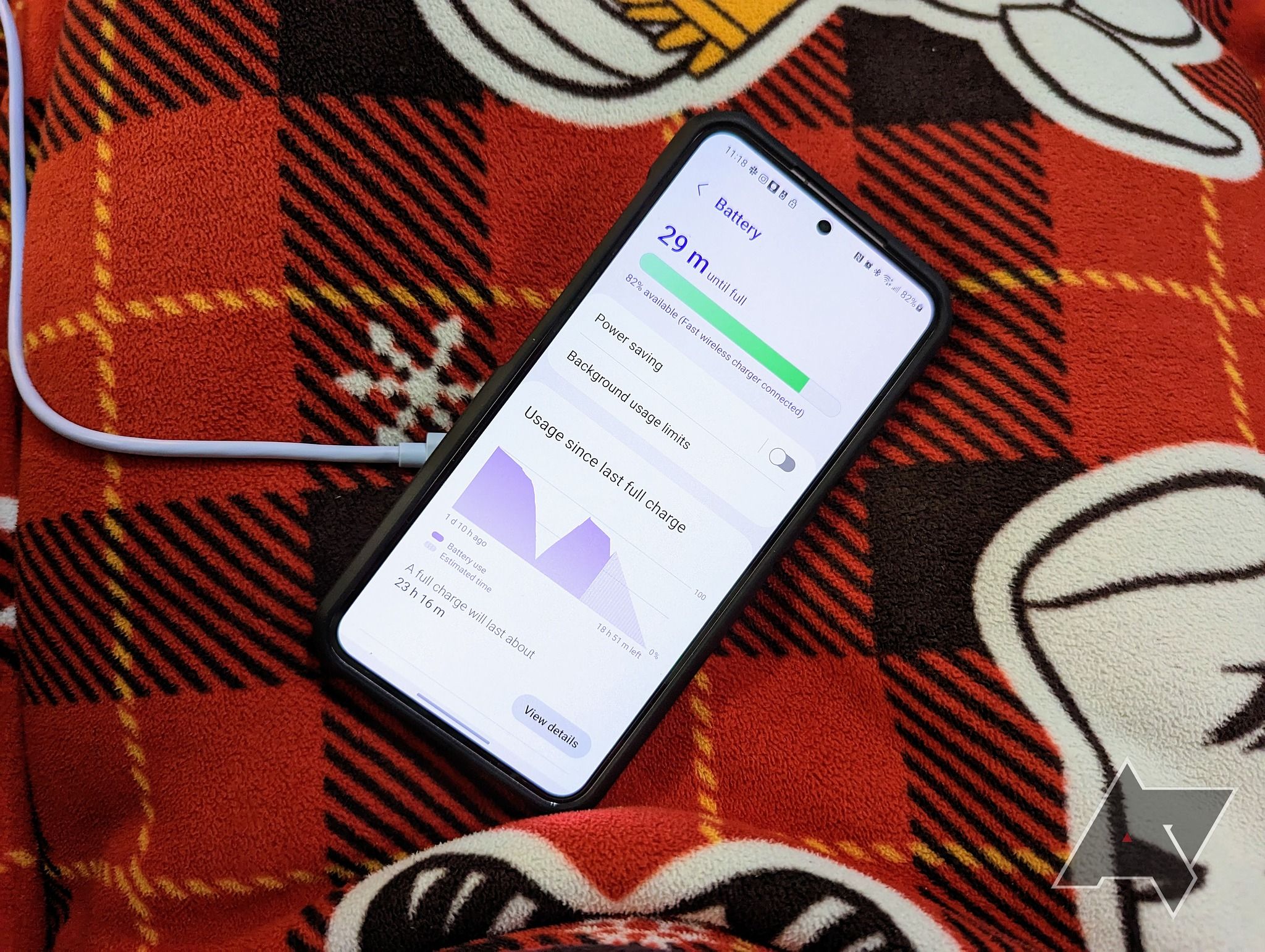
One UI 6.1 leak shows off better battery longevity controls
Protect battery could be renamed to Battery protection, sporting three different modes
I’m confused, please ELI5
Sound complicated? That’s chemistry for you. Don’t worry, there’s an easy takeaway. Consistently high charging speeds cause modern batteries to break down physically and chemically in three specific ways, but splitting the current into tiny pulses mitigates those breakdowns by up to about half.
The best part? Unlike novel battery chemistry research that’s usually more wishful thinking than anything, PC charging could be adopted relatively easily using consumer electronics materials readily available today. The hopeful end result is new flagships surviving 7-year Android update lifespans without needing a battery replacement.




